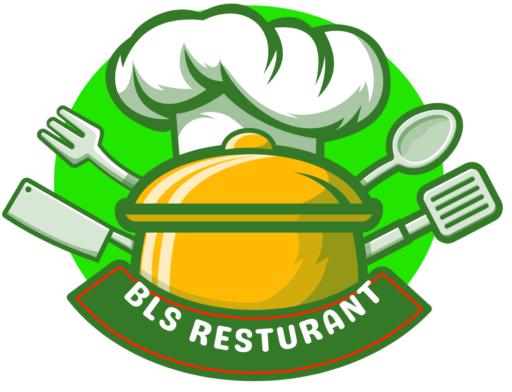Discover the secret to creating unforgettable dining experiences with the perfect wine and food pairings. Whether you’re hosting a dinner party or indulging in a quiet evening, the right combination of wine and food enhances flavors and transforms ordinary meals into extraordinary moments.
In this guide, we’ll uncover the principles of wine pairing, share expert tips, and suggest classic combinations to inspire your next culinary adventure.
Understanding the Basics of Wine Pairing
To master the art of pairing wine and food, start with these foundational principles:
- Balance is Key: A successful pairing ensures that the wine and food complement each other, neither overpowering nor overshadowing.
- Match Flavors: Wines have distinct flavor profiles—ranging from fruity and spicy to earthy and floral. Choose foods that harmonize or contrast beautifully with these flavors.
- Consider Acidity: High-acid wines like Sauvignon Blanc cleanse the palate, making them perfect for rich dishes.
- Tannins Matter: Bold wines with high tannins, like Cabernet Sauvignon, pair well with protein-rich dishes, softening the astringency while enhancing the taste.
- Sweetness Balances: Sweet wines like Riesling or Sauternes excel with spicy or salty dishes, creating a harmonious balance.
Classic Wine and Food Pairings
1. Red Wines
- Cabernet Sauvignon: Perfect for rich, savory meats.
Pair with: Grilled ribeye steak and roasted vegetables.
Why it works: The wine’s tannins cut through the steak’s fat, while its bold flavors complement the charred notes. - Pinot Noir: A versatile, lighter red.
Pair with: Roast chicken and mushrooms.
Why it works: The wine’s earthy notes pair beautifully with mushrooms, and its acidity balances the richness of the chicken.
2. White Wines
- Chardonnay: Best for creamy, indulgent dishes.
Pair with: Lobster in butter sauce.
Why it works: The wine’s buttery texture enhances the dish’s richness, creating a luxurious experience. - Sauvignon Blanc: Ideal for fresh, tangy meals.
Pair with: Goat cheese salad with lemon vinaigrette.
Why it works: The crisp acidity highlights the tangy cheese and complements the citrus dressing.
3. Sparkling Wines
- Champagne: Versatile and refreshing.
Pair with: Fried calamari or crispy duck.
Why it works: The bubbles cleanse the palate, balancing the salty and crispy flavors.
4. Sweet Wines
- Riesling: A go-to for spicy foods.
Pair with: Thai curry or barbecue chicken.
Why it works: The wine’s sweetness offsets the spice while its acidity cuts through the richness. - Sauternes: For strong flavors and desserts.
Pair with: Foie gras or blue cheese.
Why it works: The wine’s sweetness complements the rich, salty flavors for a decadent pairing.
Expert Tips for Wine Pairing
- Experiment Freely: Don’t hesitate to try new combinations; wine pairing is as much about personal preference as it is about tradition.
- Match Intensity: Light wines pair best with lighter dishes, while robust wines complement heartier meals.
- Go Regional: Pair wines with foods from the same region for a natural harmony of flavors.
- Think Texture: Balance creamy dishes with acidic wines and chewy textures with tannic wines.
Final Thoughts
Pairing wine with food is a delightful journey of exploration. By understanding the principles and experimenting with combinations, you can elevate every dining occasion. So, the next time you plan a meal, let wine be your partner in creating a flavorful, memorable experience.
Cheers to discovering your perfect pairings!
